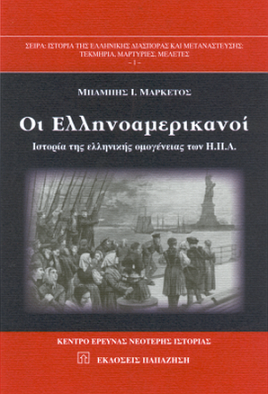Greek-Australian Paxinos among top Greek scientists of last 200 years

He may liken himself to a “mapmaker” but the work of Greek-Australian neuroscientist George Paxinos in mapping the human brain makes him the most cited in his field and placing him among the greatest of Greek medical and biomedical scientists of the past 200 years.
Prof Paxinos was the only Greek-Australian among the 63 most influential Greek medical and biomedical scientists since Greek independence that was named in an in-depth study conducted by ARISTEiA Institute for the Advancement of Research and Education in Arts Sciences and Technology and the American College of Greece.
Last Friday, Prof Paxinos was in Athens for the ceremony at the Foundation of Fine Arts and Music Band M Theocraki in Athens.
Speaking to Neos Kosmos earlier this week, Prof Paxinos said the event had been subdued because of COVID pandemic but he praised the work that had gone into compiling the study entitled, “1821-2021: Greek Pioneers and Innovators in Medicine and Biomedical Sciences”.
“The 63 names were chosen unanimously and the study was very well conducted by medical science historians This will have an impact later as people come to realise its importance and it will serve to motivate young Greeks,” Prof Paxinos said.
A contemporary Haralampos Moutsopoulos (University of Athens) who was also on the was also present that ceremony.
“I thought that this was the greatest acknowledgement of my work to be included on this list of 63 who made historic contributions to science.”
As for Prof Paxinos, the body of work (52 books and countless papers) that includes “The Brain Atlas” (2018) have been the most extensively used in his field.
More recently, he mapped a previously undiscovered region of the brain the Endorestiform Nucleus. He described his discovery in his book “Human Brainstem: Cytoarchitecture, Chemoarchitecture, Myeloarchitecture”.
“What was the most surprising thing about this was that I first saw in a human brain 30 years ago, but I was not confident enough (to develop the idea) at time.”
He said that usually such discoveries were made by studying the brains of animals, he did not find Endorestiform Nucleus in the brains of rats or marmosets, but he was to find it again in the brain of a chimpanzee and in humans.
“I saw it in patients who had undergone spinal surgery to relieve pain and I was able to connect that with what I had seen 30 years before.
He speculated that the presence of the Endorestiform Nucleus close to the spinal cord suggests that it has much to do with fine motor control as it is also traversed by neurons linked to the cerebellum and spinal cord.
“I am a cartographer who has made a map of the brain, it will be for others to look more closely at is there and what is the function of Endorestiform Nucleus.”
“The brain has 1,000 parts and all do something. We know the function of some of them and the more you know about their function the more effective you can be.
“Neuroscience has not cured any disease but it has treated many ailments such as postponing the effects of dementia and Alzheimer’s or using L-dopa (Levodopa) to control the symptoms of Parkinson’s Disease.”
S: neoskosmos.com










Σχόλια Facebook